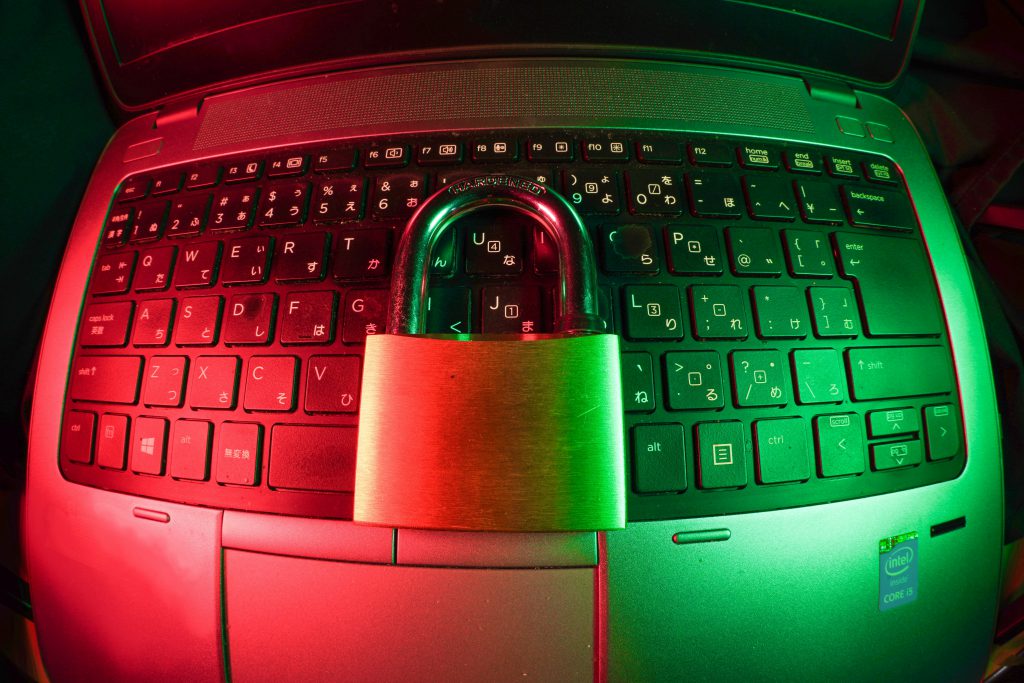Creating and publishing an eBook involves significant time, effort, and creativity. Ensuring that your intellectual property remains secure from unauthorized copying or piracy is crucial. As digital threats evolve, it's essential to stay updated on the latest methods to protect your work. Here are the top four effective strategies to secure your eBook:
Utilize a DRM Service
Digital Rights Management (DRM) remains the most robust solution for preventing unauthorized distribution of digital content. DRM allows authors and publishers to enforce restrictions on how eBooks can be accessed, shared, and used.
EditionGuard offers sophisticated DRM services tailored specifically for eBooks. Utilizing Adobe DRM, EditionMark (Social DRM), or EditionLink, authors can set permissions that restrict unauthorized sharing and copying. DRM ensures that only authorized users who have legally purchased your eBook can access it. Furthermore, DRM systems often include encryption and licensing measures, making it nearly impossible for users to make unauthorized copies or redistribute content illegally.

Today's DRM solutions also enable you to revoke access from unauthorized devices and monitor usage patterns to detect suspicious activities early. Choosing a reliable DRM provider like EditionGuard helps you protect your investment by significantly minimizing piracy risks.
Implement Watermarking Techniques
Another powerful strategy against eBook piracy is watermarking. Watermarking involves embedding visible or invisible identifiers into your eBook, uniquely associating each copy with the purchaser.
Visible watermarks, such as buyer’s name, email, or purchase date, act as a psychological deterrent. Buyers know their copies are traceable back to them, significantly reducing the likelihood of unauthorized distribution.
Invisible watermarks, on the other hand, allow publishers to discreetly track pirated copies. If your eBook appears on unauthorized distribution platforms, you can identify the original purchaser and take appropriate actions. Modern watermarking techniques, such as those used in EditionGuard’s EditionMark, strike a balance between reader experience and content protection, allowing watermarking to be effective without negatively impacting readability or design.
Create and Display an Official Copyright Notice
Your intellectual property is your most valuable asset as an author. Clearly stating your ownership through an official copyright notice is critical. This notice should be prominently displayed within your eBook to inform readers explicitly about your copyright ownership and the legal repercussions of infringement.
An official copyright notice typically includes:
- The copyright symbol (©)
- Year of first publication
- Author’s name
- Clear statement of ownership and usage permissions
Displaying such notices serves multiple functions:
- It legally affirms your ownership and serves as preliminary evidence if legal action becomes necessary.
- It acts as a clear warning to potential infringers, deterring unauthorized copying or distribution.
- It educates your audience on the legalities involved in handling copyrighted material.
Maintaining this practice is crucial as it fortifies your legal position in potential disputes and encourages ethical use among readers.
Convert Files to Secure PDF Formats
Converting your manuscript into a secured PDF format provides another layer of protection. PDFs are widely recognized for their stability and security features. Here's why PDF remains a favored format for eBook security:
Consistent Formatting
PDF format preserves the original formatting, layout, images, and fonts of your eBook across multiple devices and platforms. This prevents unauthorized modifications, ensuring readers receive your content exactly as you intended.
Password Protection
Many PDF conversion tools allow you to encrypt your files with passwords. This feature ensures that only authorized users can access your content, enhancing your eBook’s security against unauthorized access.
Digital Signatures
PDF files support digital signatures, adding credibility and authenticity. Digital signatures verify the origin of your document and ensure readers that the content has not been altered, maintaining your readers' trust.
Controlled Permissions
PDF software allows setting permissions to prevent actions such as copying, printing, or editing. By defining specific restrictions, you maintain greater control over how your eBook is used.
Additional Strategies for Enhanced Security
To further safeguard your eBook, consider these supplemental strategies:
- Regular Monitoring: Use online tools to monitor the internet regularly for unauthorized copies or pirated distributions of your content. Early detection is critical to mitigating damage.
- Legal Preparedness: Keep records of publication dates, purchase records, and original files to provide clear evidence of your ownership.
- Educational Outreach: Educate your readers about intellectual property rights and consequences of infringement. Informative disclaimers and FAQs within your eBook or website can reinforce ethical practices among readers.
Conclusion
Safeguarding your eBook from unauthorized copying and piracy involves implementing robust DRM solutions, watermarking, displaying copyright notices, and converting files into secure PDF formats. By combining these strategies, authors and publishers can significantly reduce the risks associated with digital content distribution.
EditionGuard offers comprehensive DRM solutions to meet all your eBook security needs. With robust protection and continuous expert support, you can confidently publish and distribute your work.
Secure your eBook today with EditionGuard’s trusted DRM services.



